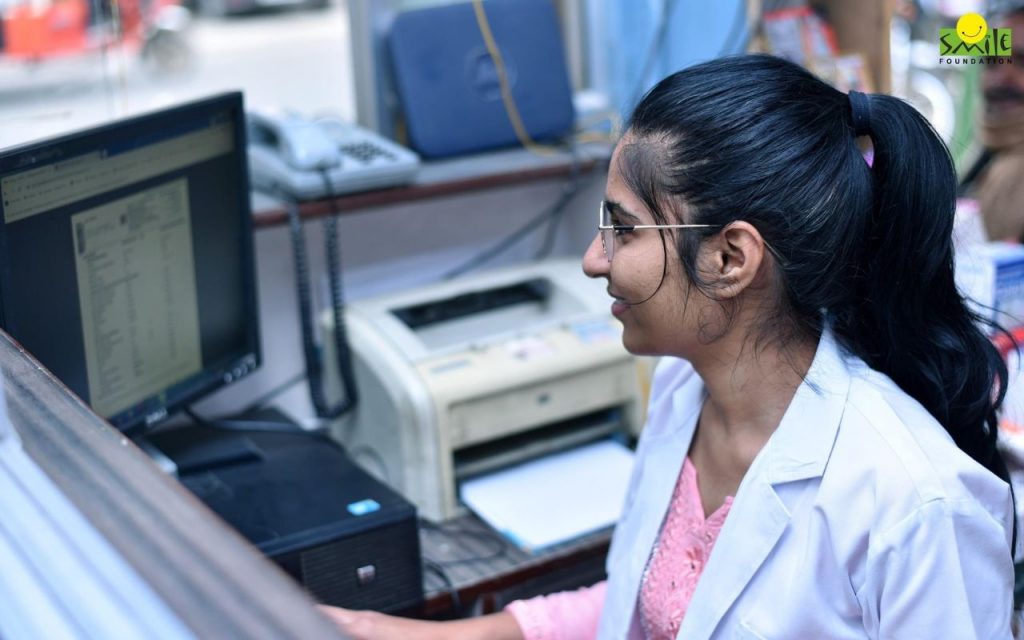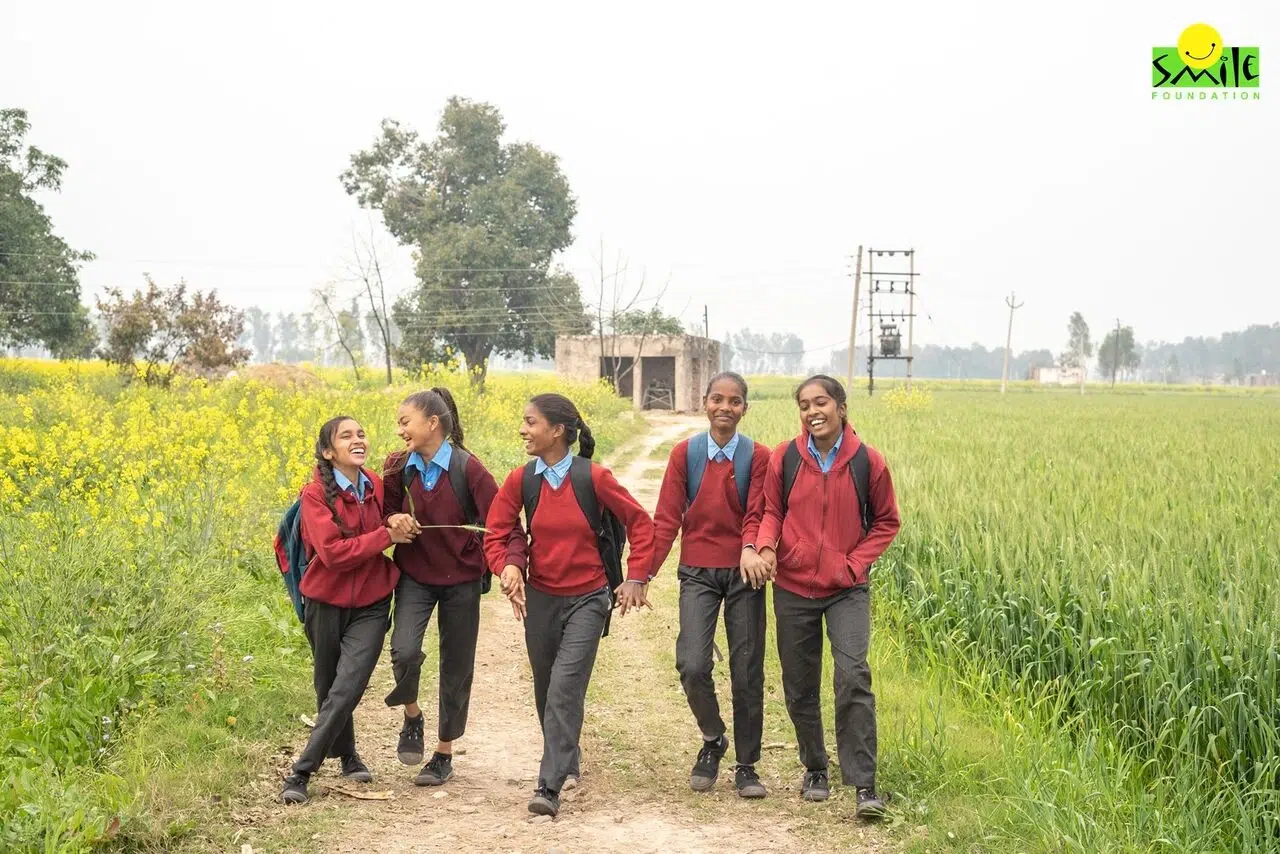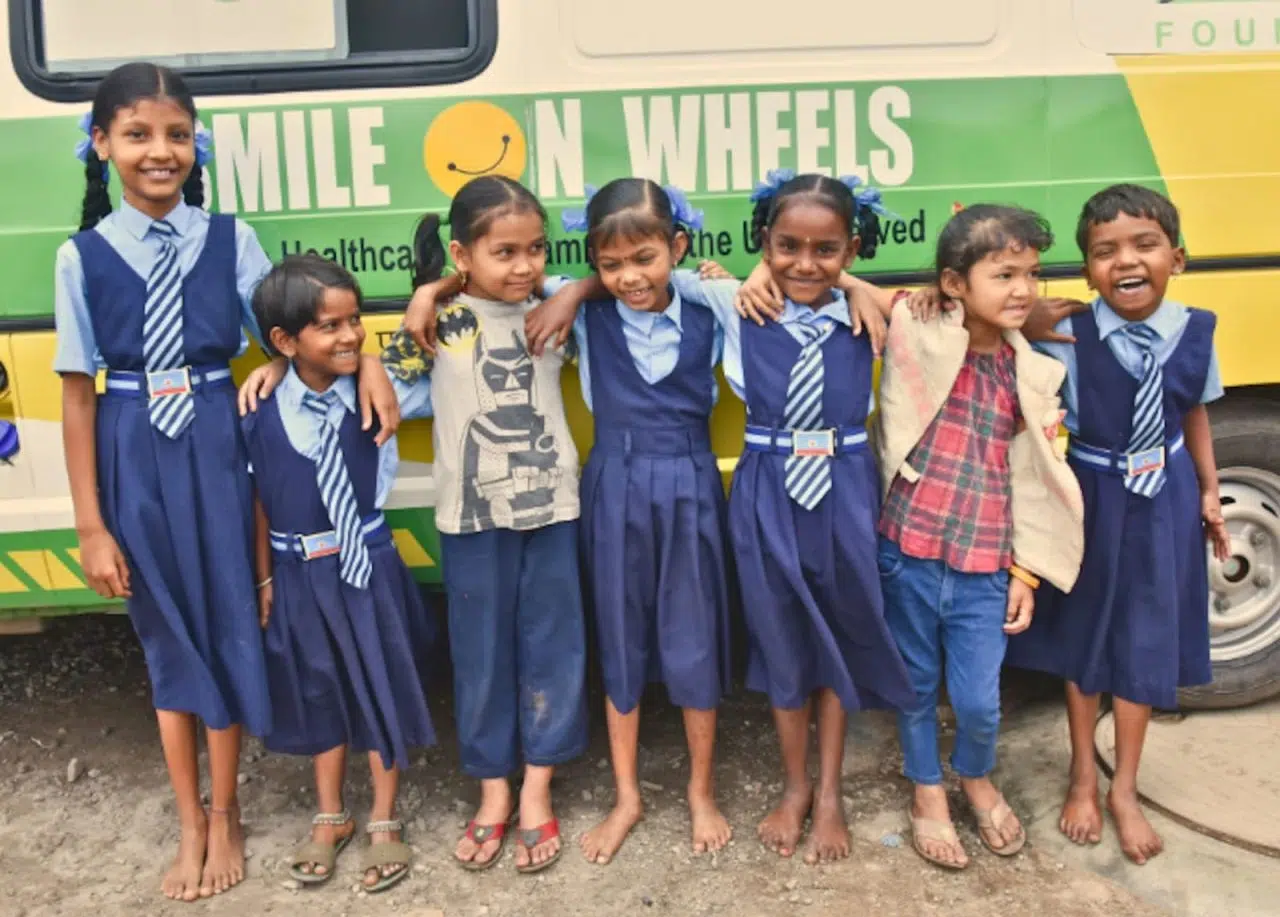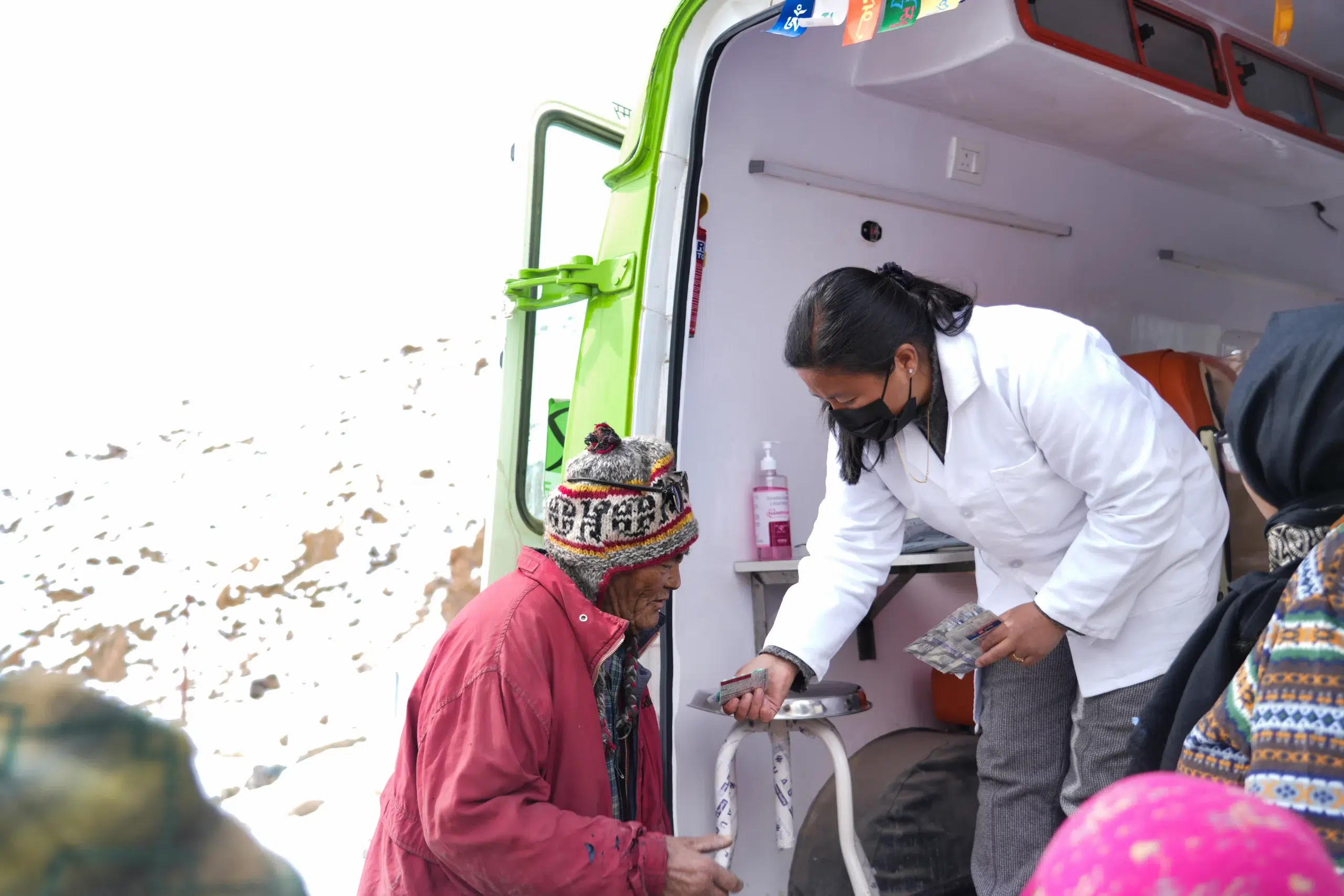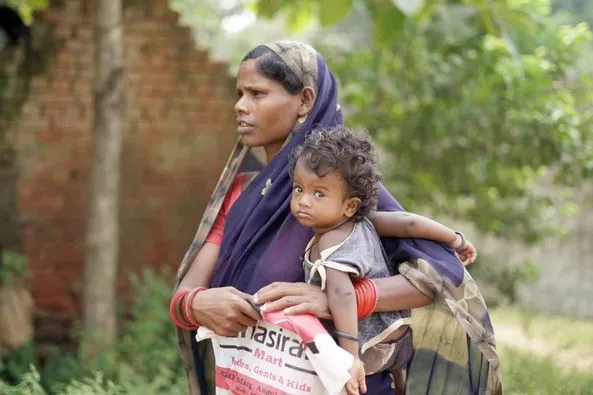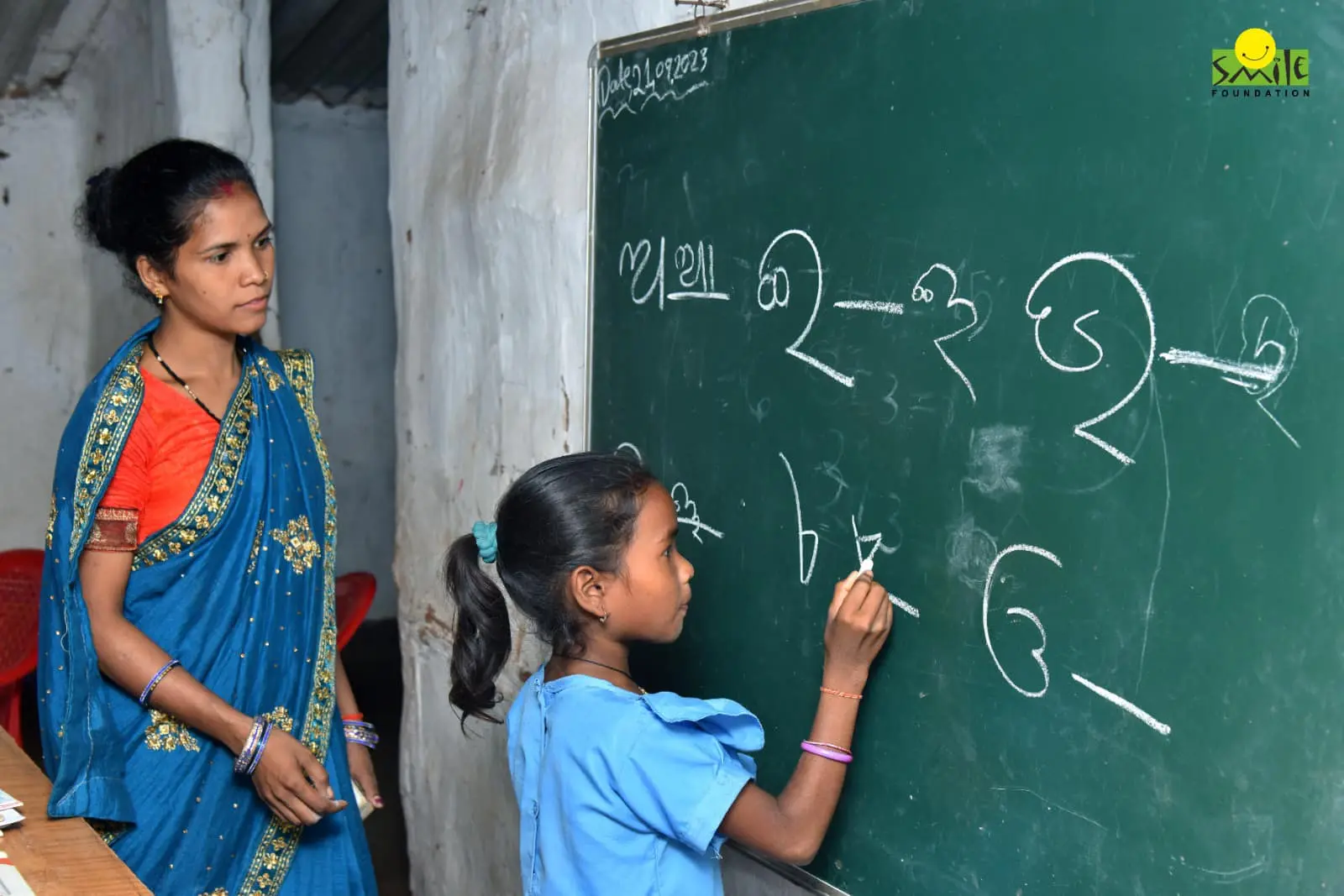Education systems must equip individuals with the skills required for the workforce. Vocational education, which focuses on providing specific, job-oriented training, is one way to bridge this gap. The key objective of vocational education is to enhance an individual’s skills in a particular field by offering practical, hands-on experience to improve employability and foster entrepreneurial opportunities. Despite the growing demand for skilled labour in various sectors, vocational education in India faces substantial challenges. These obstacles, ranging from infrastructure gaps to social perceptions and policy failures, hinder its potential to contribute effectively to the workforce.
Infrastructure and Accessibility
One of the most critical challenges vocational education faces in India is infrastructure. Vocational courses often require advanced tools, equipment, and technology to simulate real-world work environments. According to sources, a significant number of vocational training institutions do not have the required infrastructure for effective skill development. The lack of state-of-the-art facilities has a direct impact on the quality of training students receive, especially in specialised fields like civil engineering and architecture, where hands-on experience is vital.
According to UNESCO’s State of the Education Report for India-2020, there should be a greater focus on vocational education and training in schools and colleges. As per the National Sample Survey Office (NSSO) 2011-12 report on the Status of Education and Vocational Training in India, among persons aged 15-59 years, only about 2.2% were reported to have received formal vocational training. The problem is further exacerbated in rural areas, where access to this education is limited. This lack of accessibility means that a large portion of the population is unable to pursue vocational training, deepening the urban-rural divide in education and employment opportunities.
Additionally, this education requires instructors who are industry experts, but there is a dearth of such educators in India. The country has approximately 15,000 accredited vocational institutions, however, faculty members meeting industry standards may not be at par. The UGC’s Professor of Practice Scheme seeks to address this by allowing industry professionals to teach in educational institutions, but widespread implementation remains a challenge.
Policies and Government Initiatives
The Indian government has recognised the importance of vocational education in addressing skill shortages and promoting economic growth. Recent news suggests that the government of India has been falling short in its aim to train 500 million people in new skills. Similar reports are shared by the National Skill Development Corporation (NSDC). To make vocational education more attractive, the government launched the National Credit Framework (NCrF) in 2022. The NCrF allows students to earn credits for vocational training, which can be transferred to other educational qualifications, thus integrating vocational education into the mainstream. Additionally, skill education centers are being set up in higher education institutions to ensure vocational training is not seen as inferior to academic pathways.
However, despite these efforts, the Parliamentary Committee on Government Assurances reported that a high number of vocational training seats remain vacant annually. High fees are one of the main deterrents, with vocational courses in India often costing between INR 50,000 to 2,00,000 per year. This financial burden is particularly difficult for students from economically weaker sections, making vocational education inaccessible to a large segment of the population.
Social Perception and Career Viability
In India, vocational training is often viewed as inferior to academic education, which leads to low enrollment rates. The Committee on Government Assurances highlighted that many students perceive vocational courses as lacking dignity and career prospects. This stigma is evident in the fact that only 2% of the Indian workforce has formal vocational training, compared to over 50% in countries like Germany. This social perception has tangible consequences for career viability. Despite the high demand for skilled labor in various sectors, students often feel these fields do not offer the financial security or prestige of traditional academic careers.
Moreover, vocational education often requires longer career paths. It takes years of practical experience for students to gain the expertise needed to earn competitive salaries, which dissuades many from opting for vocational courses. The perceived gap between education and employment is stark, with many vocational graduates remaining underemployed or in jobs unrelated to their training. The lack of a clear and reliable job market for vocational graduates only reinforces the negative social perception of these courses.
Challenges and Potential Solutions
The challenges facing vocational education in India are varied, but solutions are within reach. To address the lack of infrastructure, increased public investment in vocational training facilities is essential. The government can also incentivise institutions through financial measures, such as tax breaks or subsidies, to enhance their infrastructure and collaborate with industry experts for more relevant training programmes.
Improving the social perception of vocational education is another critical step. Public campaigns that emphasise its importance to national economic growth could help reduce the stigma surrounding it. India can also benefit from the strategies followed by countries with strong vocational systems, like Germany. Furthermore, closer collaboration between industries and educational institutions is necessary to align vocational curricula with market demands, ensuring better job prospects for graduates. Non-governmental organisations can also enhance vocational education in India by providing resources, expertise, and training programs, bridging gaps in government efforts, and tailoring education to meet local market needs and industry standards.
The Bottom Line
Vocational education is a critical component of workforce development, particularly in sectors with high demand for skilled labour. However, significant challenges related to infrastructure, social perceptions and career viability remain. Through government initiatives, industry partnerships and efforts to change social attitudes, vocational education can become a more attractive and viable pathway to employment. With strategic investments and policy improvements, vocational education in India can rise to meet the growing needs of the economy while offering students a dignified and rewarding career trajectory.



